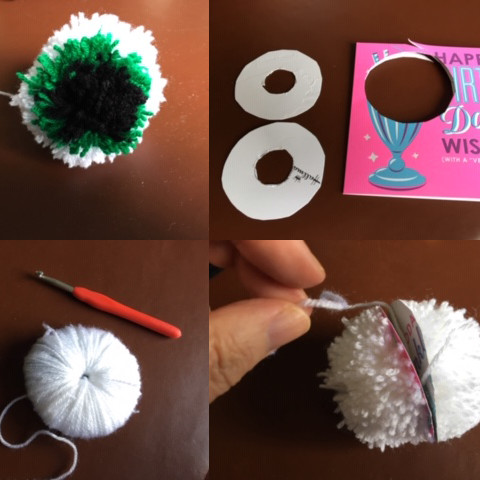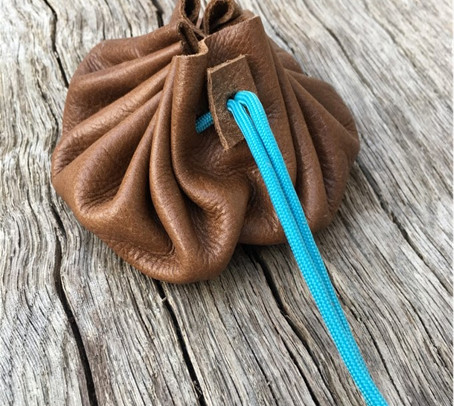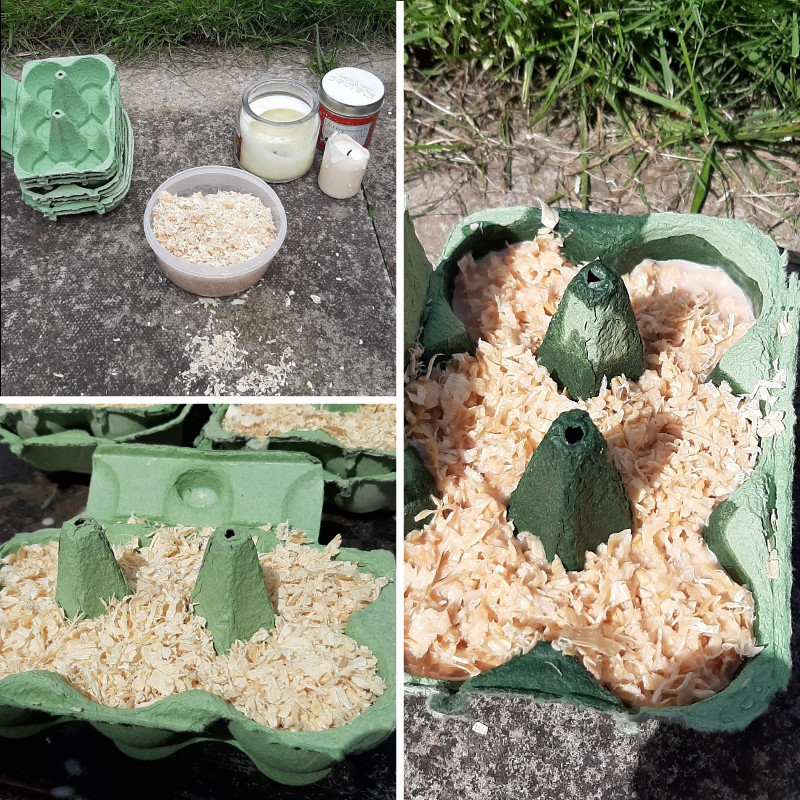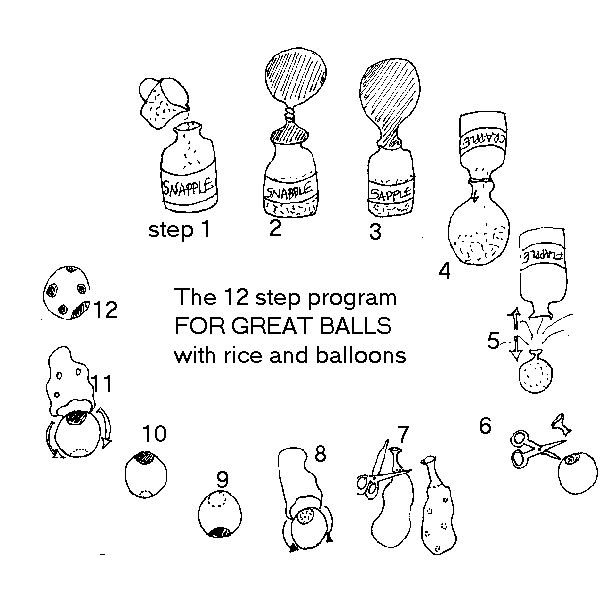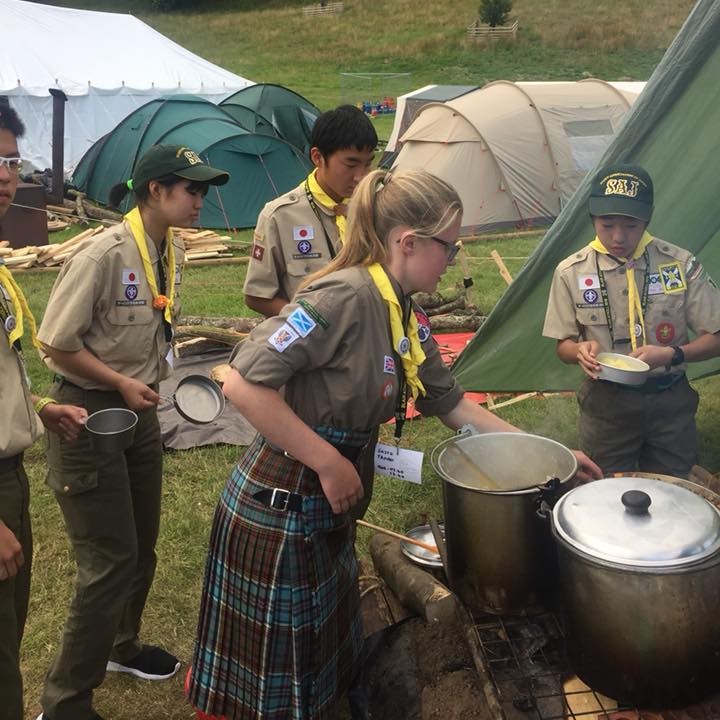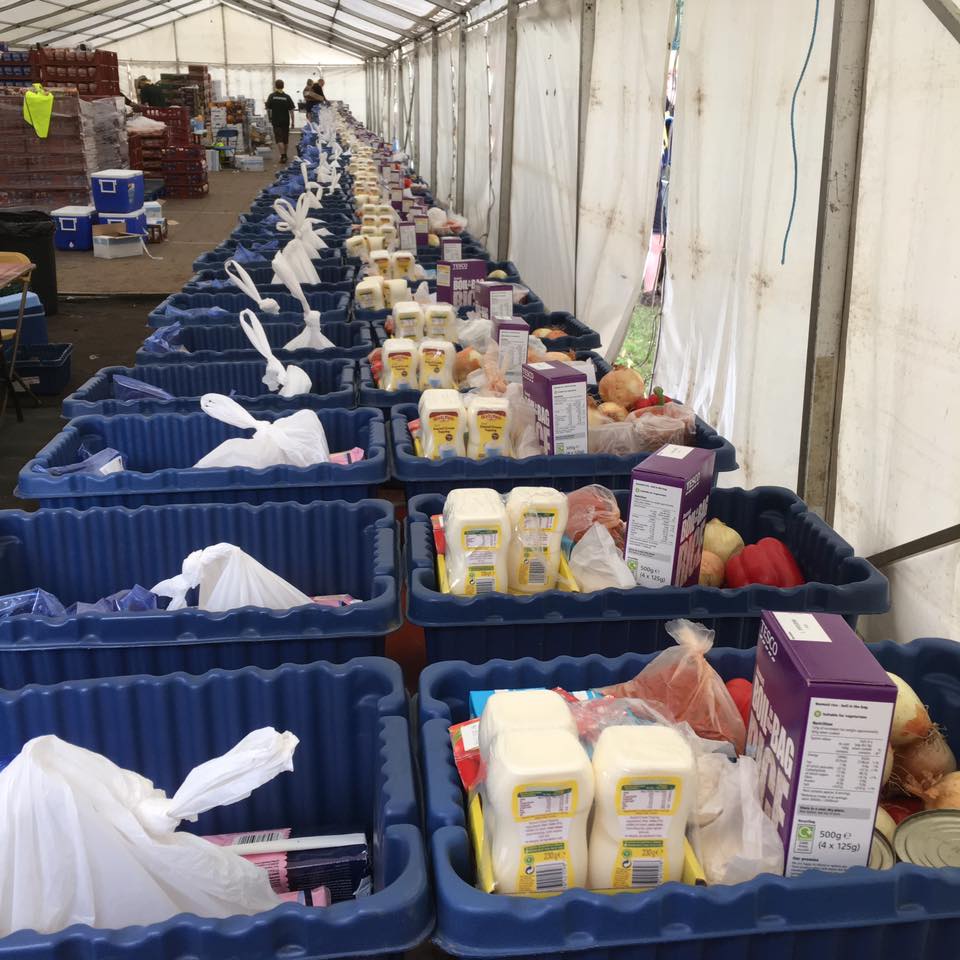About the meals
(This page makes a lot more sense once you’ve read our Camp Menu!)
Breakfast would normally alternate between hot and cold meals. That would mean the patrol only have to light a fire in the morning every second day. If you decide to use one of the hot options, if you have the means to do so, then try cooking it over a fire in the morning whether it’s raining or not! Remember the Explorers on camp don’t get the option!
Lunch is provided centrally from the subcamp. This is due to the Explorers not always having the time or inclination to actually prepare food at lunchtime. This method ensures everyone gets the opportunity to eat.
This year it was going to be a choice of bread, wraps, pitta, salad stuffs, cold meats, tuna mayo, chicken mayo, coleslaw, cheese, dressings, biscuits, crisps and fruit. There would also be the option of soup depending on the weather. Other than the soup this meal is always cold, there is no cooked food at lunchtime.
Dinner – main meal, this is the standard provision for those who have a standard diet and have no other requirements.
This can be tweaked depending on what dietary requirements and allergies we are aware of and is normally done at short notice. As there can be so many variations on specific requirements we tend not to have a written plan in place and make it up as we go along using the various ingredients we’re able to buy.
Dinner – alternative, this is a standard provision for those who are simply vegetarian. We are making progress with this side of the menu in trying to make the vegetarian option suitable for a vegan diet at the same time. Unfortunately with the cancellation this wasn’t completed and the menu you see is pretty much only suitable for vegetarians. Although if you require a vegan option then please substitute as necessary. If you have any suggestions for the future feel free to send us some ideas that we can use in 2022 (remember we don’t have ovens on patrol sites.)
Dinner – dessert, exactly what it says on the tin. Fairly straightforward and enough to satisfy the sweetest tooth most of the time. We don’t have fridges and freezers on the patrol site (only at the main QM store) so the dessert menu has to be thought about carefully.
Supper is provided centrally. The Explorers can pick and choose whether they want to take something or not at this time, normally the subcamp would also put on a pot of hot chocolate for those that want it.
What goes into the menu planning?
Cooking experience, fires and equipment
The menu for the camp is designed with the Explorer age range in mind, some who will be excellent cooks and some not so. What is common amongst them all is that few will have much experience cooking over an open fire for between 8 and 12 people at a time. There are no ovens or microwaves on patrol sites, meals are cooked entirely over unregulated fires. From that point of view the meals and ingredients are fairly basic and I’d suggest to get an authentic experience you either cook on a fire, if you have the means or purely on the hob, no oven or microwave!
This year we were aiming to provide the patrols with more raw ingredients and the option to pick up spices and additional supplements from their subcamp base. The thinking being that the more adventurous could add to their evening meals as necessary.
It’s also worth noting that the patrols are provided with a stock of normal household items at the beginning of the camp. Some of these are mentioned in the methods for creating the main meals but not in the ingredient list. Including salt, pepper, butter/ marg and cleaning products!
Recipe cards vs Camp Cook Book
Previously we provided the patrol with a booklet that gave them ideas for alternative breakfast ideas and the basic recipe for the main meal of the day. In 2020 we had already started to develop this into single A4 pages with a list of the ingredients and a recipe idea to fit what they were provided with. From our point of view this should have worked better, as we can adapt that single page on a daily basis if we have supply issues or if we had to tweak some of the alternative menu options depending on particular dietary requirements.
What we left out
We have taken 6 days menu from what had been planned for the camp at the time of cancellation for you to pick and choose what you might like to try. The 4 days that have been removed are mainly the meals that would have been catered centrally within the subcamp setting rather than in individual patrols of between 8 and 12 Explorers and are geared more towards large catering quantities rather than the standard retail products that we provide the patrols.
Wondering about quantities?
All the products we provide are sourced from wholesalers and local businesses and come in standard sizes that you would normally use in the house, we simply scale it up to 12 people. ie 1x500g pack of pasta for 4 – 5 people (75 – 100g per person) would become 3 x 500g packs. That leaves a little extra should anyone be particularly hungry.
You might look at the menu and think, that’s quite a lot of food when you take into account the 3 course dinner each night, maybe even a bit sugary at times. The Explorers are living in a field and mostly taking part in activities that are draining. They are also on the go from around 7.30 am until 11pm and sometimes a bit later. They need the calories!
Note from the Editor: Thanks to our Camp Quartermaster for giving us this behind the scenes insight into how the menu is planned and thought through!


